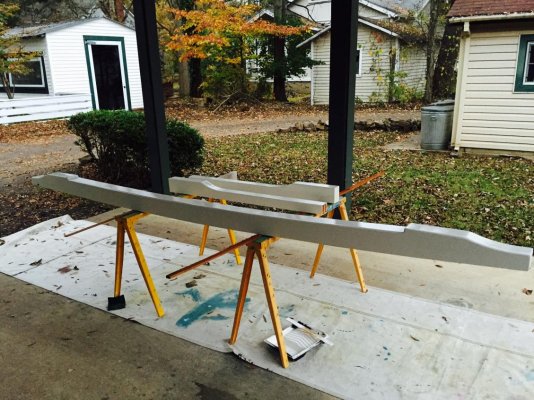Pack Mule
TF Site Team
- Joined
- Jan 24, 2013
- Messages
- 3,749
- Location
- USA
- Vessel Name
- Slo-Poke
- Vessel Make
- Jorgensen custom 44
I'm installing these beams later this week to the bottom of my aft deck ceiling . I'm using 1/2 sst carriage bolts with backing plates on the roof top . What adhesive caulk would be best ? I could use 5200 it's cheaper than 4200 but that would be permanent . But then again they are permanent beams .


